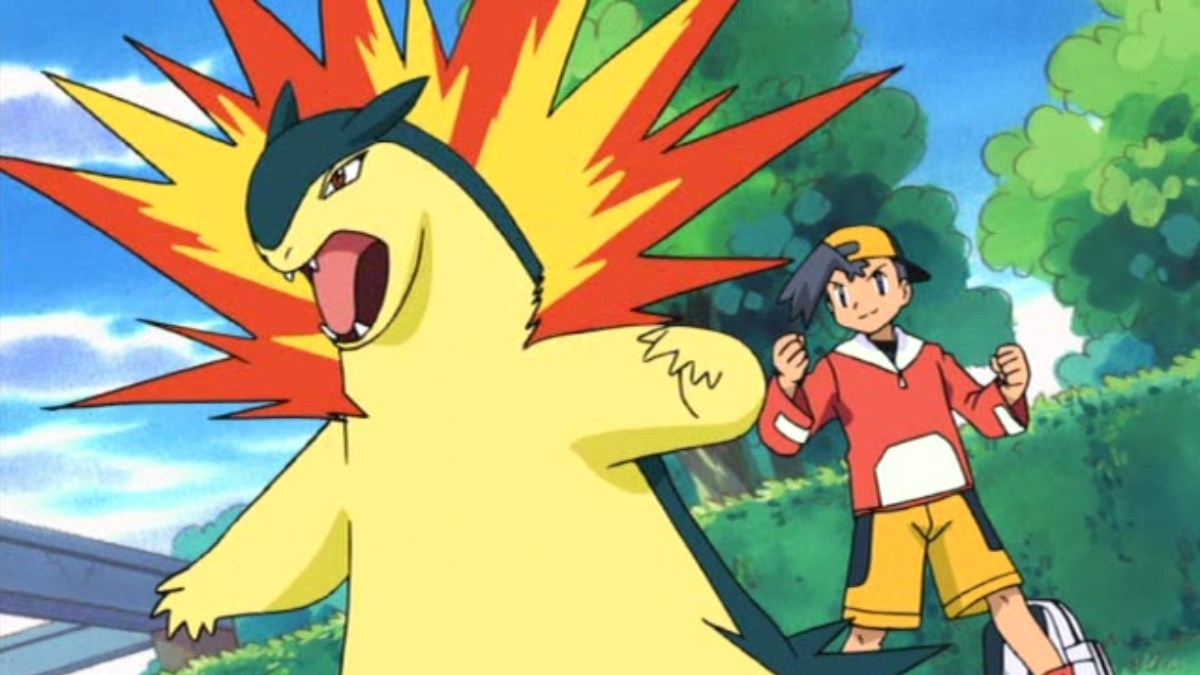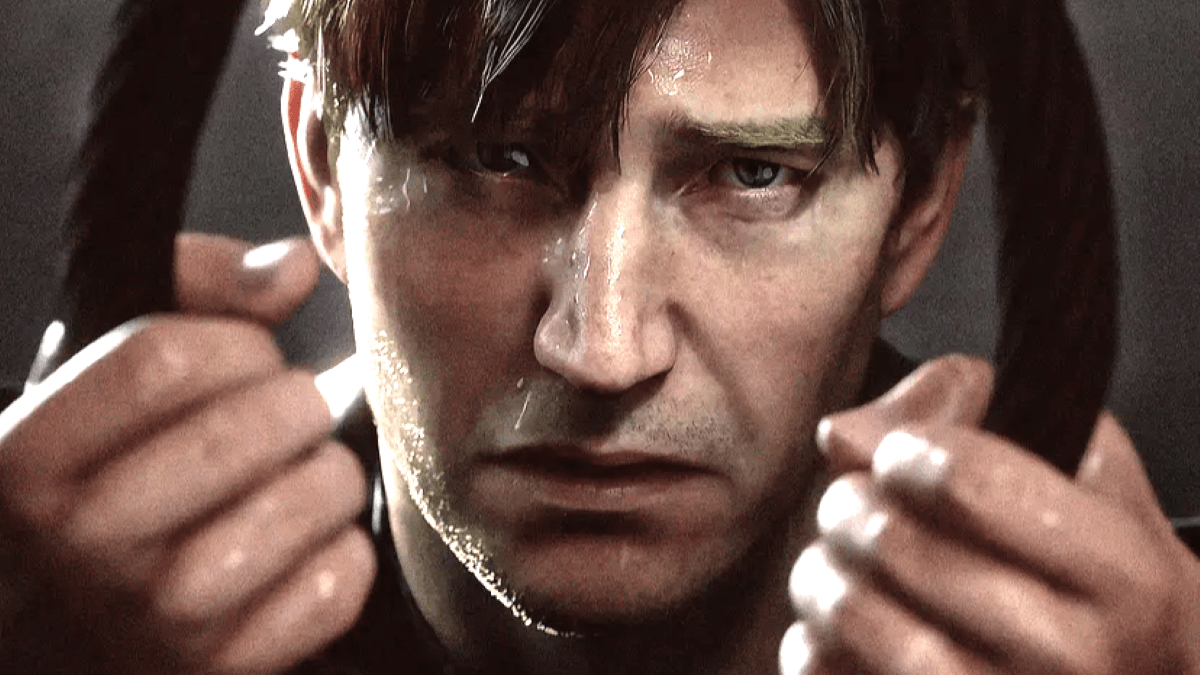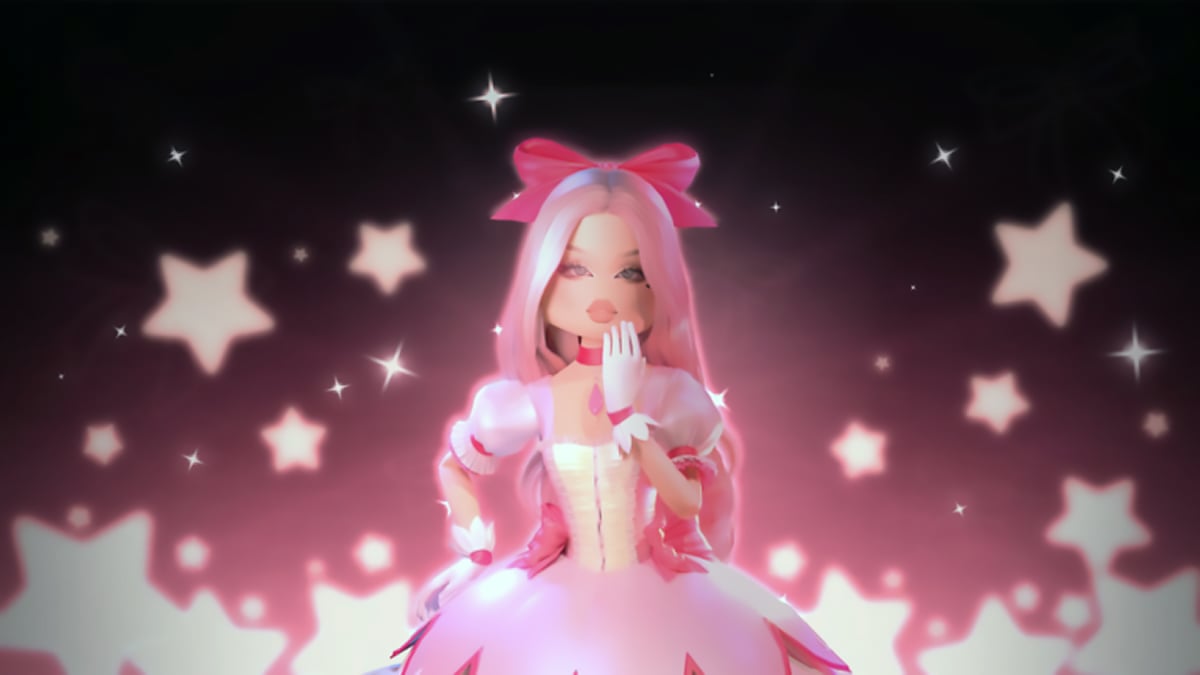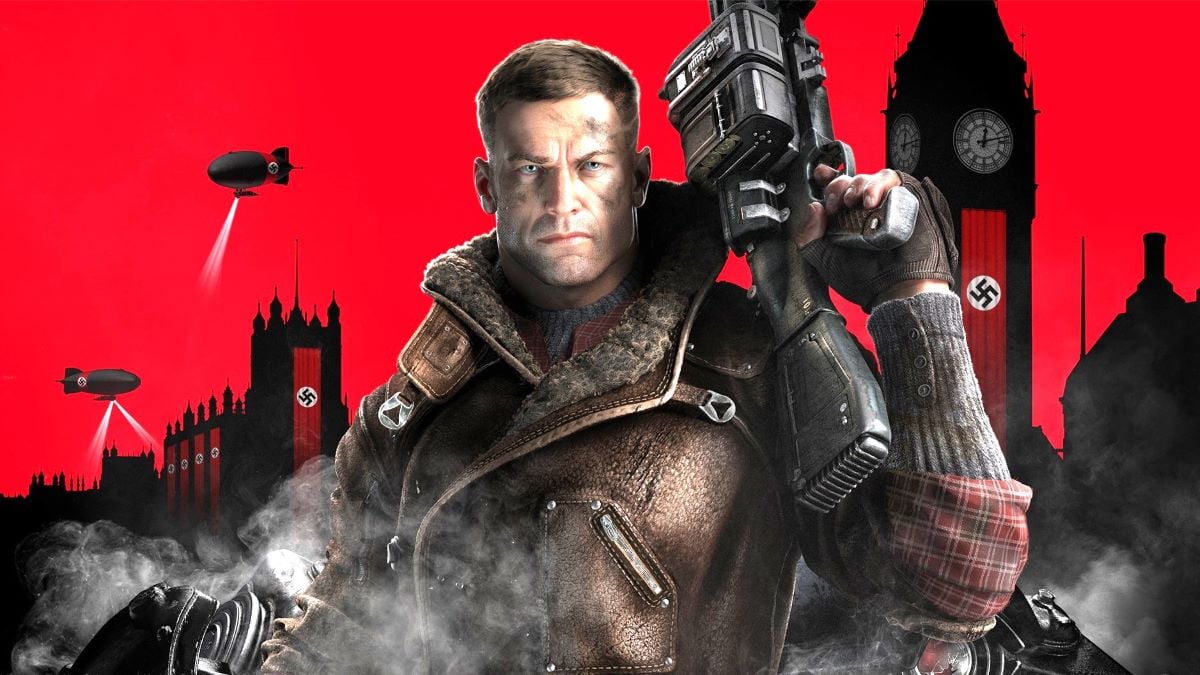Few games manage to meet the wild expectations set by the hype train that precedes them, often leaving players feeling underwhelmed when they finally get their hands on a new title and find that it’s essentially the same thing they’ve played so many times before. I tend to assume the latter, instead, so when a truly special game comes along, I can be unexpectedly swept off my feet and treated to a mind-blowing journey. And that’s exactly what Ghost of Tsushima has achieved by masterfully melding every facet of its gameplay, story, and visuals into a gorgeous, gripping adventure unlike anything I’ve ever played. It has not only exceeded my expectations for what AAA games should be – it has redefined them altogether.
Ghost of Tsushima centers around samurai Jin Sakai during the first Mongol invasion of Japan. When the majority of his clan is killed during the initial attack, Jin is forced to regroup with scattered survivors and build a new army to fight back and save their home of Tsushima Island. And while there is a wider story of war and widespread destruction, this is largely a personal tale of Jin grappling with survivor guilt, familial insecurity, and the realization that saving his people may come at the cost of his core principles. It’s easily among modern gaming’s most compelling narratives, and it’s made even better thanks to stellar writing and voice acting, which includes options for English or Japanese languages.
Whereas a game like Assassin’s Creed often loses me early on with a seemingly endless number of faces, names, and locations to memorize in order to understand its larger plot, Ghost of Tsushima is easy enough to follow, despite introducing dozens of meaningful supporting characters from various clans and ways of life. This is mostly because the story doesn’t burden you with history lessons woven into needlessly lengthy conversations. You learn what you need to know through simple, realistic dialogue from memorable and relatable characters who aren’t there to bog you down in hours of exposition.

Instead, that exposition is sewn into the fabric of the experience during every moment of gameplay. We personally witness the outcome of the Mongol invasion through homes turned to ash, displaced survivors in scattered camps, beaches littered with dead bodies, and invading ships sailing the open waters on the horizon. Tsushima Island is a ravaged place, and we’re forced to endure and survive while we assist those left standing alongside us.
And yet despite all of the chaos and destruction, the island may be the single most beautiful locale in any game I’ve ever played. The attention to detail is staggering, and I found myself consistently overwhelmed by the way thousands of vibrant leaves ride the wind, or how a sunset casts just the perfect light on dense, wide-stretching fields of pampas grass, which sway realistically in the breeze on a stormy afternoon. It’s an unrivaled masterpiece in visual artistry that has to be seen to be believed, and I’m blown away by developer Sucker Punch’s ability to bring this world to life with so much exquisite detail.
I’m thankful that the game has made the most of such a stunning world by almost completely doing away with a HUD outside of combat, giving you the opportunity to remain fully immersed in the island’s breathtaking eye candy. The choice to eschew a mini-map and traditional waypoint system altogether allows navigation to feel more pure, calling upon the player to look to nature to guide your way. Golden birds fly by tempting you to follow them to secrets, smoke in the distance gives clues as to where encampments might be, and gusts of wind subtly guide you in the direction of your selected objectives. Such contextual navigation is so captivating that going back to old-fashioned open-world mini-maps in other games is going to be a drag.

This dedication to making everything feel organic and cohesive reaches to the game’s story and quest structure, too. Optional missions are usually relatively quick, self-contained stories, and they only occasionally amount to a simple enemy encounter or fetch quest. They’re typically thoughtful, intimate tales of love, loss, and moral ambiguity that have Jin directly connecting to his people through his service, and they act as important world-building tools that reveal the devastating effects that the Mongol invasion has had on the residents of Tsushima Island.
Ghost of Tsushima uses the remainder of its exploration, resource collection, and upgrading to further create a sense of time and place by expanding on the authenticity of Japanese and samurai culture. Jin’s multitude of historically accurate armor sets and weapons visibly improve upon upgrading, lending a sense of credibility to their newly acquired extra defense or damage capabilities. Even something as basic as leveling up your resolve – a resource that builds during combat and allows you to heal or perform special abilities – requires you to visit special places, stack bamboo shafts, and slice through them just as samurai did while training so many years ago.
You can stop at peaceful spots like river banks and hilltops to reflect and craft haikus that provide you with headbands to wear, or you can climb treacherous mountain cliffs to find shrines which grant you charms to augment your abilities. Maybe you’ll be greeted by one of the game’s many adorable foxes, and follow it to a statue that you can pray at to earn additional slots to place those charms, or a bird will lead you to a hot spring that raises your maximum health. The game respects your time all the while, having none of these smaller events take more than a few minutes to complete so that you can get on with more pressing matters – like bloodshed.

Years of training in the ways of samurai has taught Jin to fight with a code of honor, but with limited resources and people, he’s faced with the realization that he either has to learn to fight dirty or die at the hands of the invading army. Early on in the game, an otherwise unwinnable scenario forces you to learn the ways of stealth and assassination. It serves to complicate Jin’s lifelong internal struggle with his own mixed emotions toward samurai ideals, but in terms of gameplay, it grants you access to a sizable suite of new tools and options with which to take on your foes should you wish to stick to the shadows.
Luckily, Ghost of Tsushima is pretty liberal with how you handle objectives. With the exception of a few forced stealth sections, encounters throughout the game are littered with opportunities for you to tackle them however you see fit. You can waltz in and engage a hoard of Mongols head-on like the badass samurai you’ve always been, or you can slink around slitting throats and shooting arrows from afar like the ghost you’ve learned to embrace. You can even combine elements of both by using your katana along with tools like smoke bombs and throwable kunai to get the upper hand in large crowds.
While I found a healthy balance between the two gameplay styles, I definitely enjoyed active fighting a good deal more due to the utter thrill of parrying, dodging, and visceral katana slices. The combat feels like an entrancing dance as you weave together light and heavy attacks that result in sprays of blood and gurgling victims, all while Jin remains precisely as calm and calculated as you’d expect a samurai to be. It’s both visually and tangibly mesmerizing, and I never grew tired of the gory spectacle.

Four quickly swappable stances — you’ll unlock these one-by-one as you progress through the game — give you an advantage against different types of enemies. As you get more comfortable with the controls, it becomes a breeze to switch to a water stance to give you the leg up against shielded Mongols or take on a stone stance so you can better handle a swordsman. Considering the large variety of enemy variations, switching between stances becomes more and more imperative as the game wears on, leaving you with little choice but to adapt or suffer the consequences.
That said, Ghost of Tsushima isn’t a prohibitively difficult game on its normal difficulty, but combat still requires patience, knowledge of your foes, and mastery of your expansive kit. You’d be forgiven for initially feeling overwhelmed by the sheer number of different attacks, upgrades, and tools at your disposal, but they’re doled out slowly as your journey unfolds so that you have time to learn one thing before another is provided to you. It’s worth praising, too, how the developers managed to fit such an extraordinary amount of actions on a controller with limited buttons while still making them all feel intuitive.
I completed the story and every additional goal Ghost of Tsushima has to offer in approximately 40 hours, and I’m still playing it just to take in each and every little detail Sucker Punch has included in its marvelous recreation of Tsushima Island. In a generation filled with exceptional titles, I can’t think of another experience that has been this consistently enrapturing and authentic, managing to be a remarkable achievement in every category in which games are judged. It’s a lovingly-crafted adventure that transcends its medium to be a shining example of video games as art and it’s a hell of a swan song for the PlayStation 4.
This review is based on the PlayStation 4 Pro version of the game. A copy was provided by Sony Interactive Entertainment.








Published: Jul 14, 2020 09:48 am